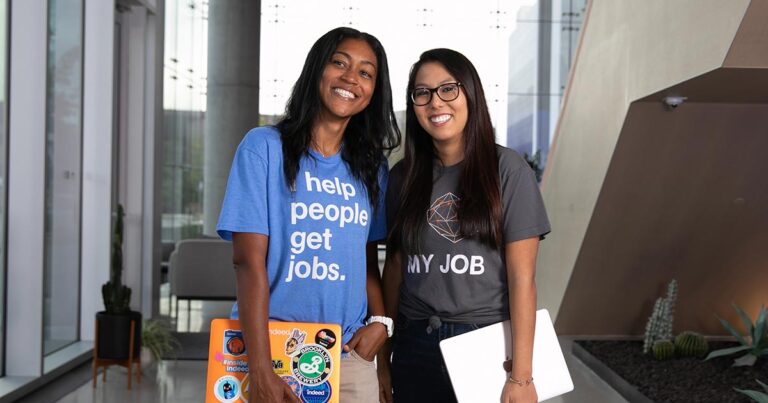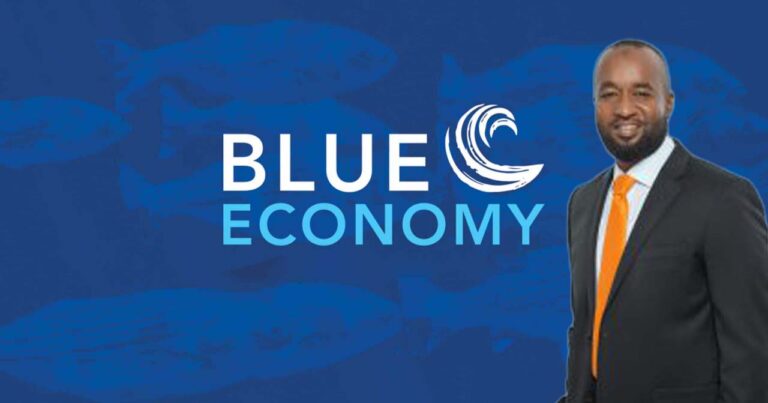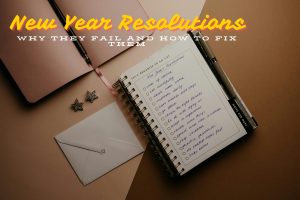Forex trading, also known as foreign exchange trading, is the process of buying and...
Month: July 2024
The demand for remote jobs has been on the rise, offering flexibility and opportunities...
Meet Rena Wakama: The 32-Year-Old Nigerian US Returnee Behind D’Tigress’ Success. In a stunning...
Iron is an essential mineral that plays a critical role in transporting oxygen throughout...
A Guide for Kenyan Campus Students on: How to Apply for a Subsequent HELB...
Andrew Tate Leads a protest for Jesus Outside French Embassy Over Olympic Ceremony’s ‘Mockery...
Are you Looking for Top Insurance Companies? Get them here! As Navigating the complex...
The Blue Economy: Hassan Joho’s Vision to be for Sustainable Development in Kenya. Definition...
In today’s digital world, having a business email account is crucial for establishing a...
On February 8, 2021, ‘Tesla’s Investment’, the renowned automotive company known for revolutionizing the...















